
Testimonials
Product(s)
penergetic b
penergetic k
penergetic p
Partner
Institute of Agriculture, Warsaw University of Life Sciences (SGGW)
Customer
reduced nitrogen rate by 30% without yield loss.
Three studies, conducted by the Warsaw University of Life Sciences (SGGW) show that despite the reduction of mineral nitrogen by 30%, the yield was higher when the penergetic soil and plant products were applied in combination with plant growth promoting rhizobacteria.
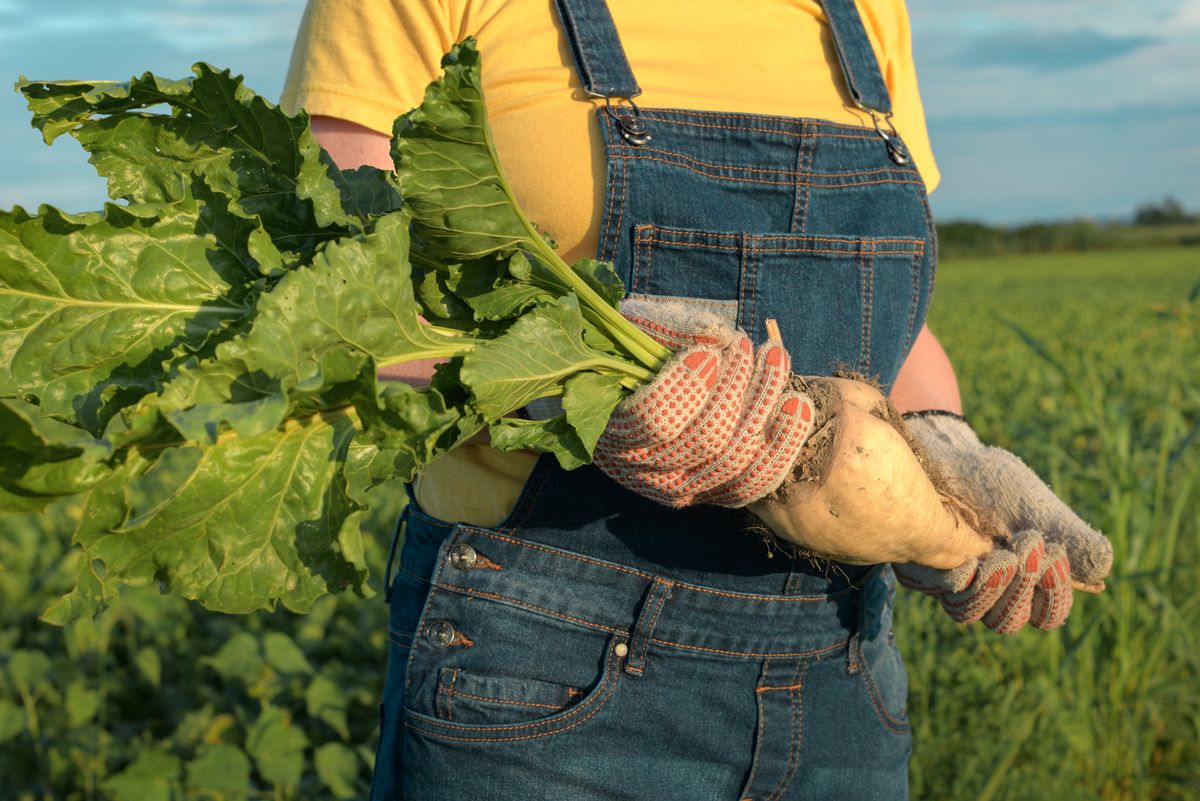
Summary of 3 Studies conducted by Warsaw University of Life Sciences (SGGW) about the reduction of mineral nitrogen fertilizer
Authors: Arkadiusz Artyszak and Dariusz Gozdowski.
Three studies[1], conducted by the Institute of Agriculture, Warsaw University of Life Sciences (SGGW) in Poland, tested the possibility of replacing 30% of the dose of mineral nitrogen with penergetic alone and penergetic in combination with plant growth promoting rhizobacter (PGPR).
[1] (Artyszak & Gozdowski, Fertilizer reduction trial in sugar beet, 2020) (Artyszak & Gozdowski, Fertilizer reduction trial in maize, 2020) (Artyszak & Gozdowski, Fertilizer reduction trial in winter wheat, 2021)
Abstract
All studies show that despite the reduction of mineral nitrogen by 30%, the yield was higher when the penergetic soil and plant products were applied in combination with plant growth promoting rhizobacteria.
[…] The obtained results proved that it was possible to reduce the mineral application of nitrogen by 30% without a decrease in the biological and pure sugar yield, and even with an increase in the sugar yield caused by the application of the growth activators Penergetic (K + P) and Azoter. […]
(Artyszak & Gozdowski, Fertilizer reduction trial in sugar beet, 2020)
[…] It was confirmed that the two combinations allowed a higher yield of maize grain by 2.9%[1] and 8.8%[2], respectively, compared to the full nitrogen dose. Positive changes in the content of some assimilable macro and microelements and soil organic carbon (SOC), and an increase in soil pH, were also observed. […] (Artyszak & Gozdowski, Fertilizer reduction trial in maize, 2020)
[…] It was confirmed that these two combinations allowed the obtention of a higher yield of grain by 13%, compared to the full nitrogen dose. Simultaneously, the grain quality did not change significantly. […] (Artyszak & Gozdowski, Fertilizer reduction trial in winter wheat, 2021)
[1] Treatment 1: 30% less mineral nitrogen + penegertic soil and plant
[2] Treatment 2: 30% less mineral nitrogen + penegertic soil and plant with plant growth promoting rhizobacteria
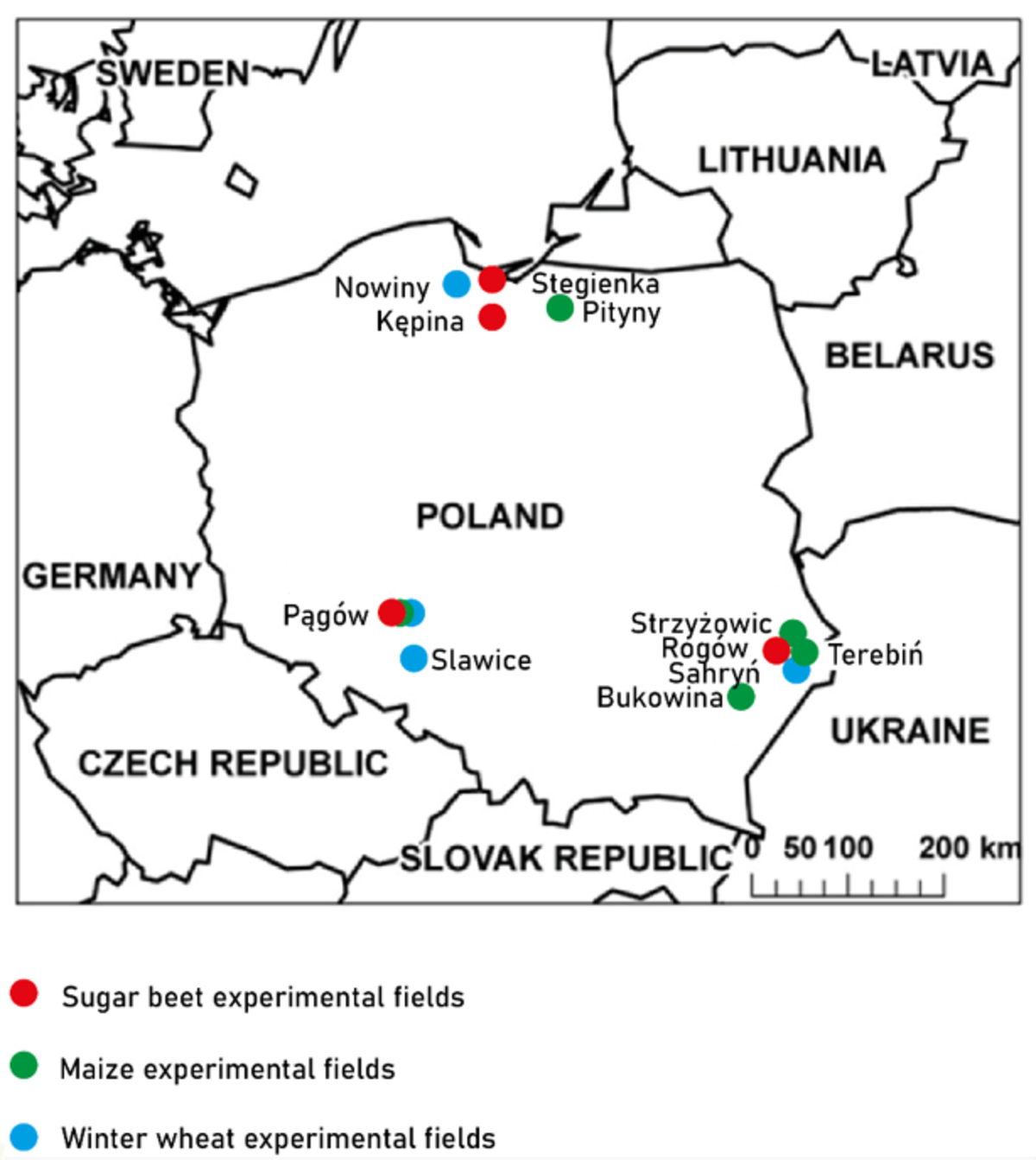
Figure 1: Locations of experimental fields for the three trials
Study details
Crops
- Sugar beet
- Maize
- Winter wheat
Dates: 2016 - 2019
- Sugar Beet: 2017 - 2019
- Maize: 2017 – 2019
- Winter Wheat : 2016 – 2019
Locations
- Seven field experiments with sugar beet
- Eight field experiments with maize for grain
- Nine field experiments with winter wheat
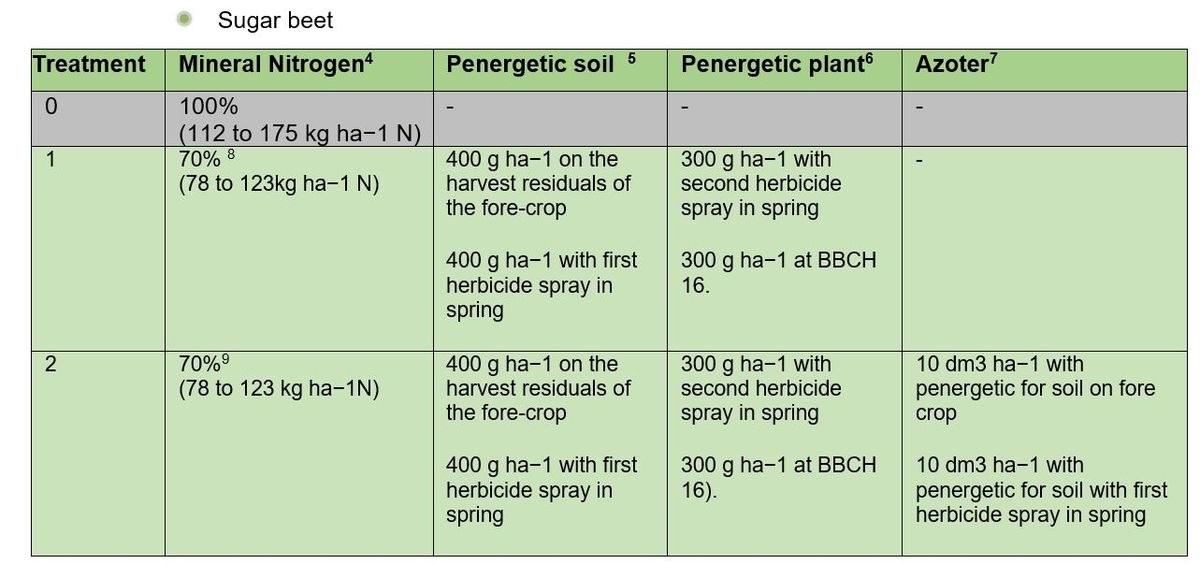
Figure 2: Treatments Sugar Beet
Tratments
Treatment details sugar beet
[4] Dose depending on location
[5] Depending on market: penergetic k or penergetic b
[6] Penergetic p for plants
[7] Azoter is a preparation which contains plant growth-promoting rhizobacteria (PGPR). The manufacturer states that the pH of the preparation is 5.8–8.5, a total number of living microorganisms (Azotobacter chroococcum, Azospirillum brasilense, Bacillus megaterium) is at least 4×109 colony-forming units (CFU) cm−3.
[8] 1st dose of nitrogen in spring is the same as in the control, 2nd, and 3rd nitrogen application with reduced dose
[9] 1st dose of nitrogen in spring is the same as in the control, 2nd, and 3rd nitrogen application with reduced dose
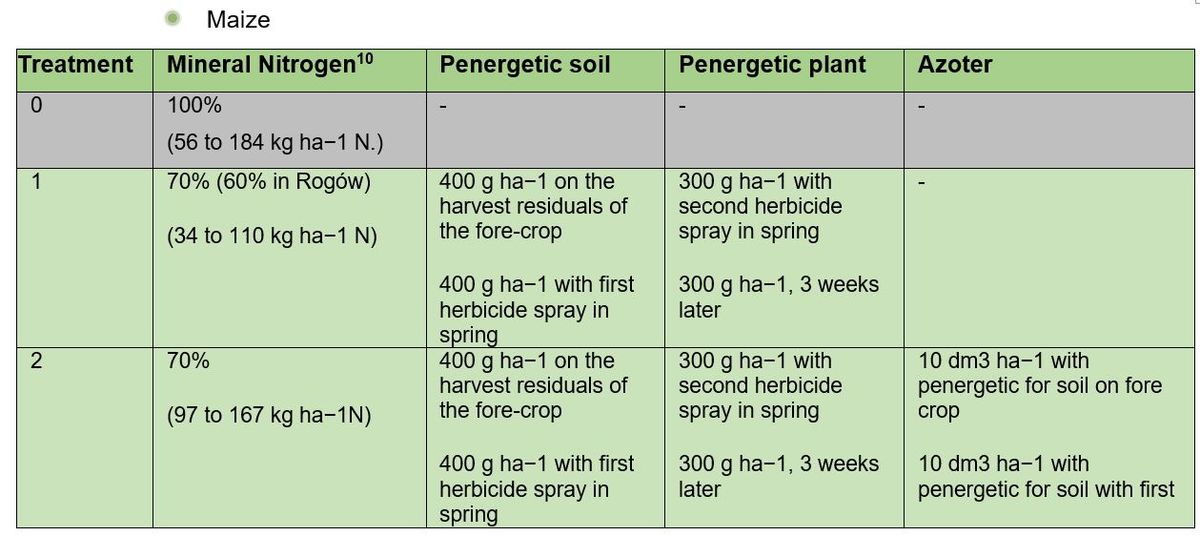
Figure 3: Treatments Maize
Maize: Figure 3
[10] Dose depending on location
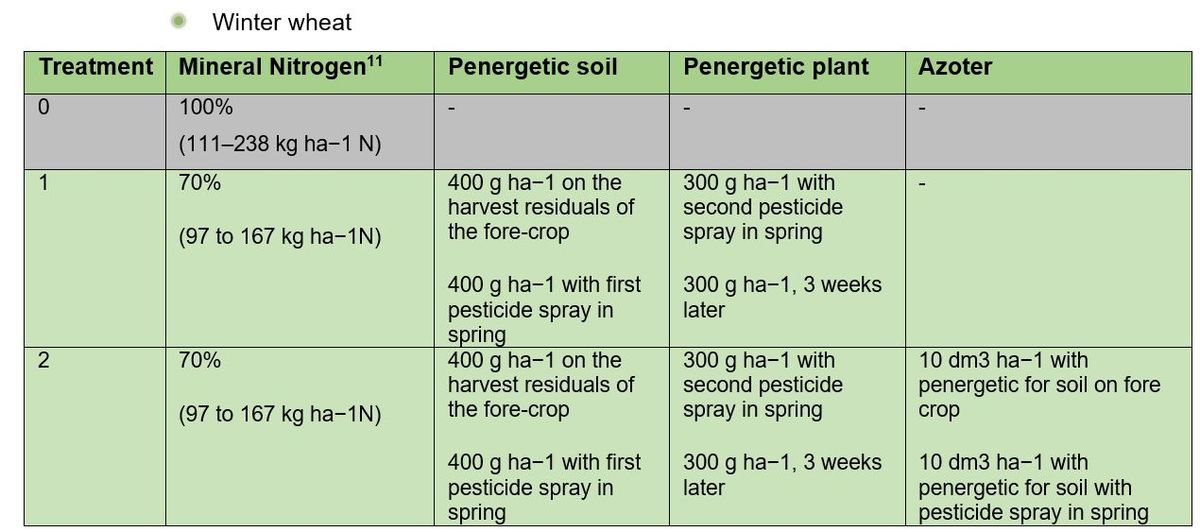
Figure 4: Treatments Winter Wheat
Treatment details wheat
[11] Dose depending on location
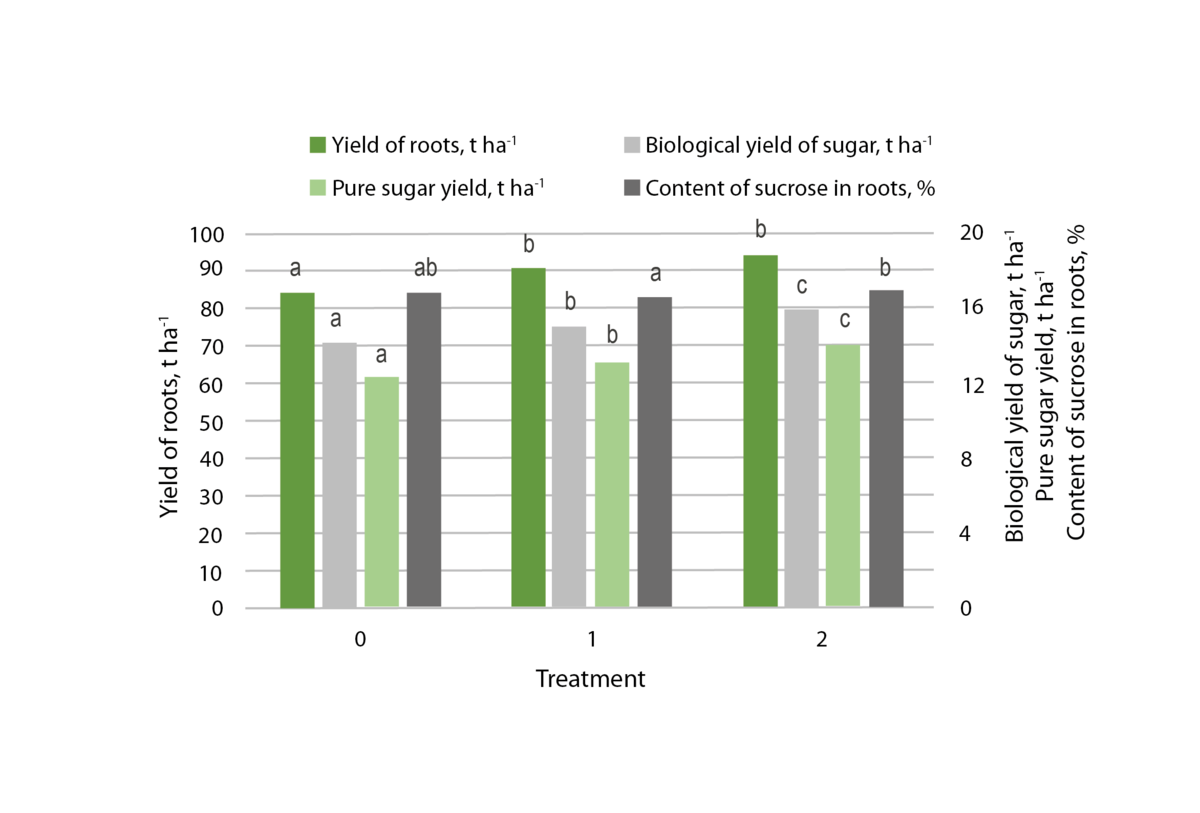
Figure 5: Results Sugar Beet
Results
Sugar beet
[…]The nitrogen rates were reduced by 30% in comparison to full nitrogen mineral fertilization (control treatment). In selected experiments, the application of Penergetic and Penergetic with Azoter caused a higher content of nitrate nitrogen (N-NO3) and ammonium nitrogen (N-NH4) after the sugar beet harvest as well as higher contents of mineral nitrogen (Nmin), P, K, and Mg in the soil in comparison to the treatment with the full dose of mineral nitrogen fertilization. The obtained results proved that it was possible to reduce the mineral application of nitrogen by 30% without a decrease in the biological and pure sugar yield, and even with an increase in the sugar yield caused by the application of the growth activators Penergetic (K + P) and Azoter.[…]
(Artyszak & Gozdowski, Fertilizer reduction trial in sugar beet, 2020)
Figure 5: The influence of Penergetic activators and Azoter bacterial preparation on the yield of roots, sugar yield and sucrose content (2017-2019). Same letters next to means indicate lack of significant difference between means at 0.05 probability level. (Artyszak & Gozdowski, Fertilizer reduction trial in sugar beet, 2020)
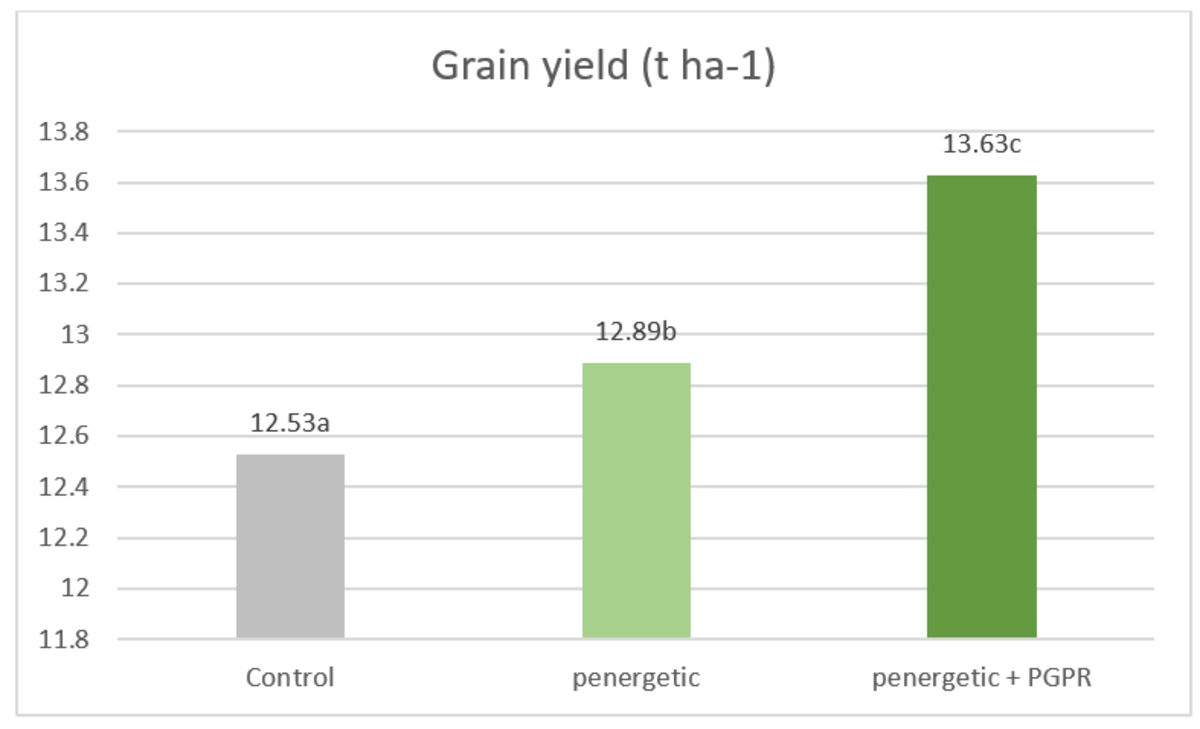
Figure 6: Results Maize
Maize
[…]Studies carried out in several locations in Poland in 2017–2019 tested the possibility of replacing 30–40% of the dose of mineral nitrogen by Penergetic (K + P) growth activators alone and in combination with Azoter containing plant growth promoting rhizobacteria in the cultivation of maize for grain. It was confirmed that the two combinations allowed a higher yield of maize grain by 2.9% and 8.8%, respectively, compared to the full nitrogen dose. Positive changes in the content of some assimilable macro- and microelements and soil organic carbon (SOC), and an increase in soil pH, were also observed.[…]
(Artyszak & Gozdowski, Fertilizer reduction trial in maize, 2020)
Figure 6: Influence of Penergetic activators and Azoter bacterial on yield and traits of maize plants (2017–2019). Same letters next to means indicate lack of significant difference between means at 0.05 probability level. (Artyszak & Gozdowski, Fertilizer reduction trial in maize, 2020)
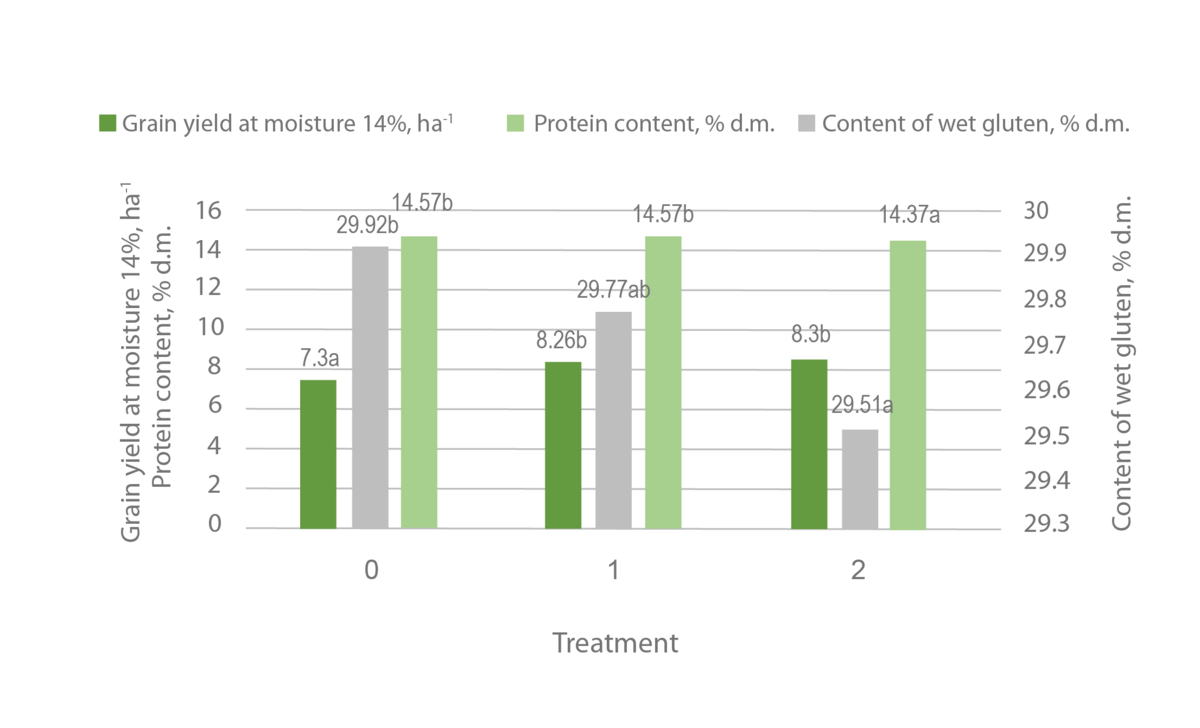
Figure 7: Results Winter Wheat
Winter wheat
[…]It was confirmed that these two combinations allowed the obtention of a higher yield of grain by 13%, compared to the full nitrogen dose. Simultaneously, the grain quality did not change significantly. In some locations, a decrease in the content of nitrates in the soil was observed, which may mean a greater uptake of this nutrient by plants and an increase in the content of some available macro- and micro-elements, mainly phosphorus, magnesium, zinc, copper and iron, and soil organic carbon.[…]
(Artyszak & Gozdowski, Fertilizer reduction trial in winter wheat, 2021)
Figure 7: Means of grain yield, protein content and wet gluten of treatments of winter wheat in years 2017–2019. For the treatments, marginal means for all experiments together are presented (different letters indicate significant differences at 0.05 probability). (Artyszak & Gozdowski, Fertilizer reduction trial in winter wheat, 2021)
References
Artyszak, A., & Gozdowski, D. (2020, October 23). Is It Possible to Replace Part of the Mineral Nitrogen Dose in Maize for Grain by Using Growth Activators and Plant Growth-Promoting Rhizobacteria? Agronomy, 10(11), 1647. MDPI AG. Retrieved from dx.doi.org/10.3390/agronomy10111647
Artyszak, A., & Gozdowski, D. (2020, August 26). The Effect of Growth Activators and Plant Growth-Promoting Rhizobacteria (PGPR) on the Soil Properties, Root Yield, and Technological Quality of Sugar Beet. Agronomy, 10(9), 1262. MDPI AG. Retrieved from dx.doi.org/10.3390/agronomy10091262
Artyszak, A., & Gozdowski, D. (2021, May 22). Is It Possible to Maintain the Quantity and Quality of Winter Wheat Grain by Replacing Part of the Mineral Nitrogen Dose by Growth Activators and Plant Growth-Promoting Rhizobacteria (PGPR)? Sustainability, 13(11), 5834. MDPI AG. Retrieved from www.mdpi.com/2071-1050/13/11/5834